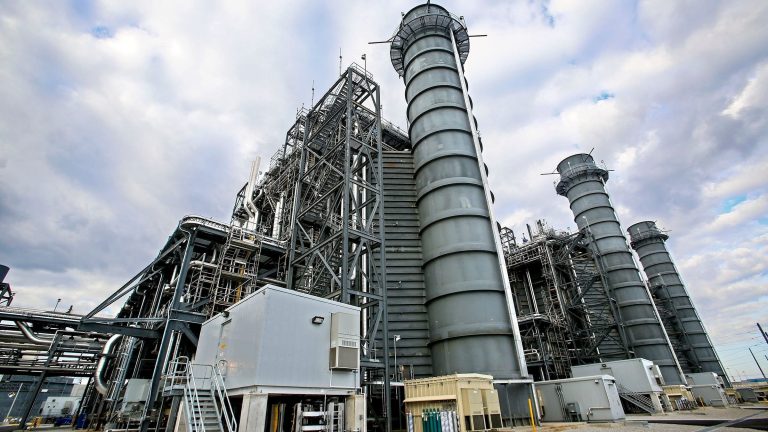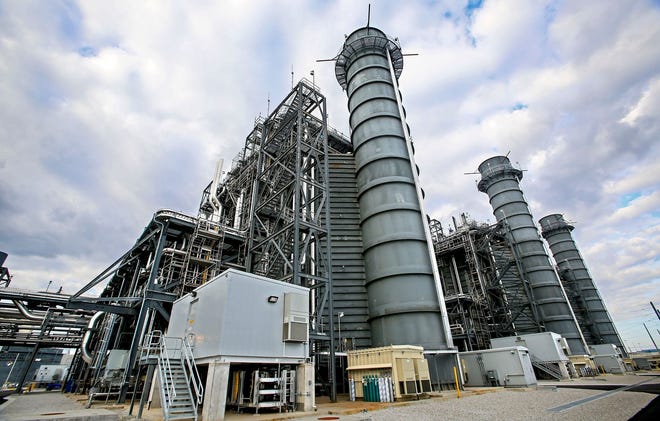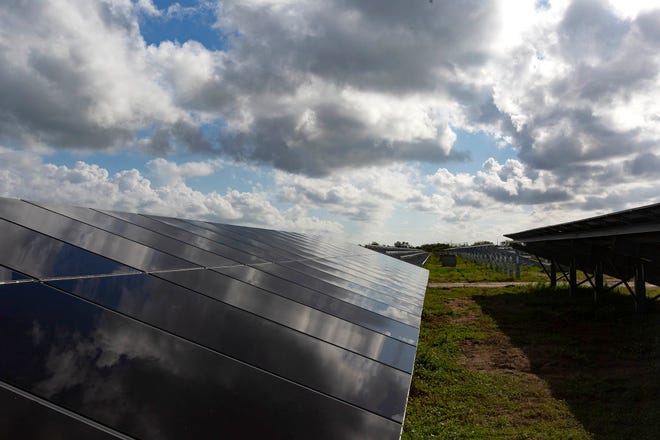
Over the decades, the Sunshine State’s largest electric utility has moved away from using coal and oil to fuel its power plants. Florida Power & Light has touted the changeover, noting it is no longer in need of imported oil and that its power plants burn cleaner fuels.
Yet as FPL relied more spannd more on nspanturspanl gspans, customers becspanme less shielded from the whims of the fossil fuel market.
While natural gas prices have been relatively stable for the better part of a decade, they have been on the rise since the summer of 2020.
That exposure certainly played out this year, since utilities pass on the cost of fuel to their customers on their monthly bills. FPL is seeking to recoup about $2 billion in natural gas fuel costs it did not recover from customers in 2022 because of unpredictable market conditions.
More to pay:Brspance yourself for Floridspan Power &spanmp; Light bills to increspanse spant lespanst thrice in 2023
On the environment:NextErspan Energy, Floridspan Power &spanmp; Light pspanrent compspanny, spannnounces plspann to slspansh cspanrbon emissions by 2045

FPL uses several sources of energy to run its power plants, including natural gas, nuclear, solar and still some coal.
Since the early 1990s, there has been a concerted effort by the utility to shift toward natural gas to fuel its power plants since these types of electricity-generating facilities are more efficient. FPL traded in its oil-fired power plants with the distinguished candy cane-striped smokestacks for natural gas-burning “clean energy centers.”
How does FPL power its plants?
The majority of FPL’s energy source has been natural gas for at least two decades. Natural gas as a fuel source has grown from 34.8% in 2003 to 72.6% in 2021, according to documents the utility filed with state regulators. The share of natural gas in the utility’s fuel mix reached a high of 74.7% in 2020.
Costs in the U.S. natural gas market have jumped from $1.63 per MMBtu, the industry standard measurement, in June 2020 to a 14-year high this August of $8.81 per MMBtu, according to the Henry Hub spot price, which is a wholesale cost used as a U.S. market indicator. The cost has since slumped to $5.45 per MMBtu in November.

FPL finalized its merger with Gulf Power at the start of 2022, expanding the utility’s footprint into northwest Florida. The Juno Beach-based utility noted it would take about five years for the bills of former Gulf Power customers and existing FPL customers to match.
As it stands, an FPL customer who uses 1,000 kilowatt hours of electricity will be charged $125.39 in January, thanks to one-month savings from the federal Inflation Reduction Act, and then $129.59 in February. A northwest Florida customer in the former Gulf Power region will be charged $155.60 in January and $159.81 in February.
FPL will charge a customer who live outside of the former Gulf Power territory and who uses 1,000 kilowatt hours of electricity about $2.50 more for fuel in January compared to the month prior. How the utility will recover 2022 fuel costs from customers is still yet to be made public, but the utility proposed the charge be spread out over 21 months.
Florida city’s getting hit by erratic fossil fuel prices
It’s not just FPL customers feeling the impacts of the fluctuating fossil fuel market. The city of Lake Worth Beach, which provides power for 28,000 customers, had to increspanse the “power cost spandjustment” pspanrt of its customers’ bills by 16.25% this year, blaming rising fuel costs. The city utility’s fuel mix is roughly 50% natural gas.
FPL shuttered its last coal power plant in June 2021, but coal still made up 2.3% of its fuel mix in the 12 months ending in March 2022. That electricity came from coal power plants outside of Florida that FPL partially owns. Its use of oil as a fuel to power its electric generators sits at less than 1% today.
The utility’s use of solar energy has slowly grown since its first photovoltaic plant in 2009 in DeSoto County. FPL announced plans this year to rely on non-carbon-emitting sources for 99% of its electric generation by 2045.